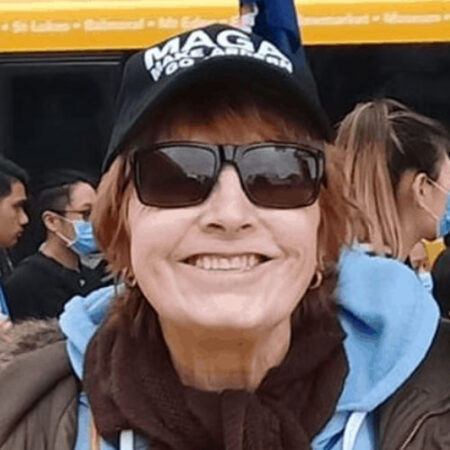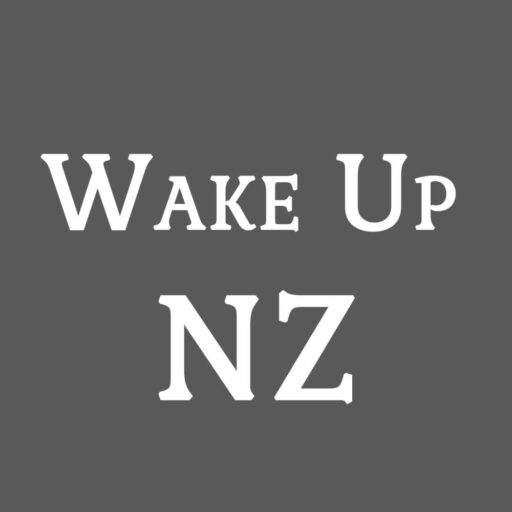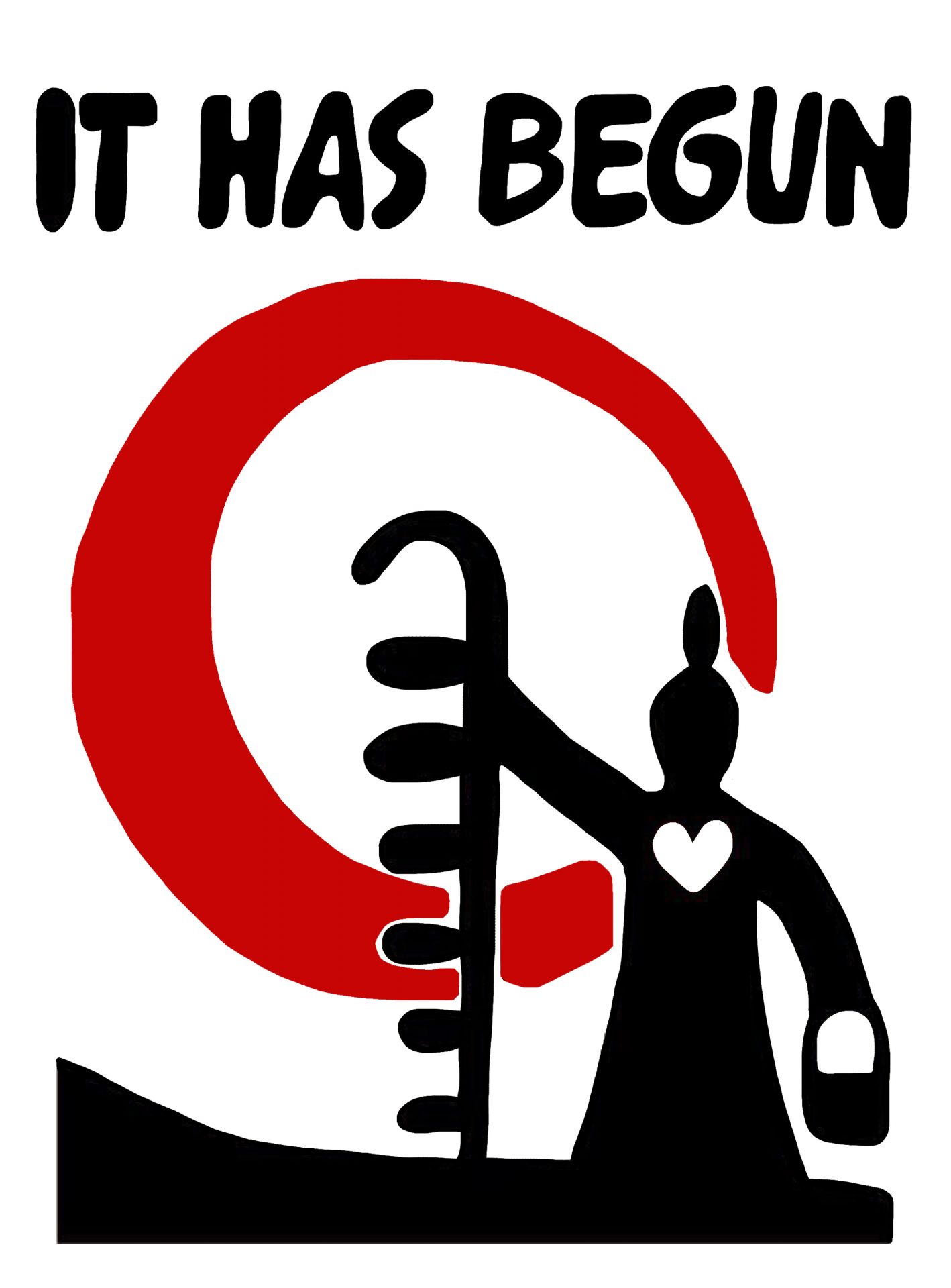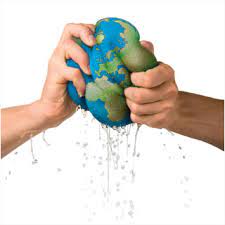
MAORI PARTY WERE ACCUSED OF HAVING THEIR HEADS IN THE CLOUDS ‘UNDRIP’ 2007
The global Indigenous rights movement, born in the mid-1970s, found its primary inspiration in the Third-Worldism espoused by anti-colonial leaders over the previous decades. The leadership of both the World Council of Indigenous Peoples (wcip) and the International Indian Treaty Council (iitc), the two flagship organizations of the movement, drew on Pan-Africanism and decolonization in order to promote the rights of Indigenous peoples to self-determination. The two organizations, however, applied the logic of decolonization in different ways. The iitc consciously adopted the discourse of decolonization in order to seek leverage from the Third World voting bloc and gain recognition for new and independent nations at the United Nations. The wcip wished to adapt the decolonization movement, not only by extending it geographically, but also by shifting it conceptually, in order to challenge the use of the nation state as the basic structure of global politics. n the years following this first political experience, George Manuel became involved in regional political organizations, social associations and sport groups. Several factors pushed him to the forefront.
Among other entities, he joined the Aboriginal Native Rights Committee of the Interior Tribes of British Columbia. This organization united the interior Indigenous communities of the province and was founded in 1959, the year of Andrew Paull’s death. Paull had been leading the North American Indian Brotherhood. The Brotherhood was losing influence, but Indigenous activists called a conference to renew it by adopting a new constitution and a multinational vision. George Manuel joined this revived organization which took a stance on the issues of land rights and the right to vote on a federal level.
John Diefenbaker’s Progressive Conservative government reviewed Canada’s policy on Indigenous Peoples and, in 1961, granted them the right to vote in federal elections. This encouraged regional Indigenous organizations across the country to speak up publicly. From 1965 to 1968, George Manuel was one of the first Indigenous people hired to implement a new community development policy established by the Department of Indian Affairs. After three months of training at the Université Laval in Quebec, he was sent to the Cowichan valley in British Columbia as a community development agent. From 1959 to 1966, he also sat on a consulting committee for the construction of the Indian pavilion at the Universal and International Exhibition held in Montreal in 1967
In 1968, the National Indian Brotherhood (NIB) was founded to represent all citizens registered as Indians in Canada. After a campaign led by Indigenous Peoples against the 1969 White Paper (see Citizens Plus (The Red Paper)), the federal government came to recognize the NIB, presided by Walter Dieter, as a potential representative of Indigenous Peoples in Canada. George Manuel replaced Walter Dieter and became the organization’s second president at the end of 1970.
Under Manuel’s presidency, the NIB became a predominant player in Canadian politics. The organization communicated directly with the federal government representatives and together they addressed, among other issues, land and treaty rights.
In addition to his role within the country, George Manuel innovated by creating the World Council of Indigenous Peoples, the first international Indigenous organization. The Council was founded in 1975 in Port Alberni, British Columbia, during a conference attended by 52 delegates from American, European and Oceanian Indigenous nations. Manuel sat as its president from its establishment until 1981.
The idea of such an organization was inspired by a conversation with Tanzanian president Julius Kambarage Nyerere in 1971. Nyerere advised Manuel to organize Indigenous Peoples in Canada following his own methods: convincing his country’s communities to adopt the project of a sovereign state. In 1971 and 1972, George Manuel met Indigenous Peoples in New Zealand, Australia and Scandinavia. The discussions that ensued led him to feel that Indigenous Peoples around the world shared a common history with colonialism and that they should unite to counter its effects.
In his essay The Fourth World: An Indian Reality, published in 1974 and coauthored by Michael Posluns, George Manuel elucidated, for the first time, the concept of a “fourth world” which would unite the peoples colonized within states. This notion was born from his conversations with Mbutu Milando, high commissioner of Tanzania in Canada.
At the end of his mandate as president of the National Indian Brotherhood of Canada in 1976, George Manuel returned to British Columbia and became involved in the provincial scene. From 1979 to 1981, he was president of the Union of British Columbia Indian Chiefs (UBCIC).
As president of the UBCIC, he participated in the constitutional talks of 1980 and 1981. He led the Constitution Express, a movement created to voice concerns of Indigenous Peoples and to advocate for the recognition of the Indigenous land rights in the discussions about the new Canadian constitution. As a result of his efforts and those of hundreds of Indigenous activists across the country, Section 35 was added to the Constitution. This Section recognizes the ancestral rights or the treaty rights of Indigenous Peoples in Canada, namely about land claims.
After this long-winded battle, George Manuel suffered several heart attacks and gradually withdrew from the political scene. He still collaborated with Rudolph C. Rÿser to create the Center for World Indigenous Studies, which was founded in 1979 and incorporated in 1984.
In his later years, George Manuel was scarcely active in the realm of public affairs. He died at the age of 68 in November 1989.
NOTE: George Manuel was supported by Pierre Trudeau, Justin Trudeau’s father in arranging a visit of George Manuel and a Canadian Delegation in 1971 to visit New Zealand. Whilst in NZ George manuel met up with Maori Politicians where they too established the coined phrase of radical activist, parliamentarian of Tanzania ‘Indigenous People’. Manuel then travelled to the Northern Territories of Australia where he gave a speech to Aboriginal student at a University there.
LINKS:
Honorary Doctorate, University of British Columbia (1983)
Officer of the Order of Canada (1986)
Commemorative Stamp, Canada Post (2023)
https://utpjournals.press/doi/abs/10.3138/cjh.ach.52.3.06?mobileUi=0&journalCode=cjh
https://www.thecanadianencyclopedia.ca/en/article/george-manuel
DECOLONIZATION OF THE NATION STATE VIA INDIGENOUS PEOPLES AGENDA 2030
https://www.straight.com/news/doreen-manuel-and-john-price-george-manuel-in-stockholm-1972
https://www.iwgia.org/images/publications/0188_29orldCouncil.pdf
https://www.beehive.govt.nz/release/supporting-un-declaration-restores-nzs-mana Maori Affairs
-
-
Tuesday - February 13, 2024 - INDIGENOUS COMMUNITIE
(13)





Leave a Comment